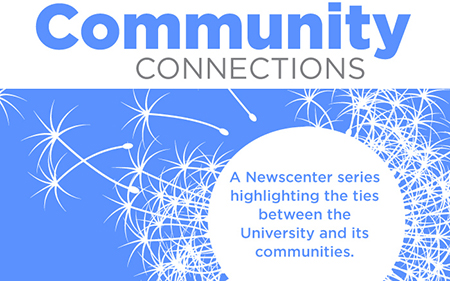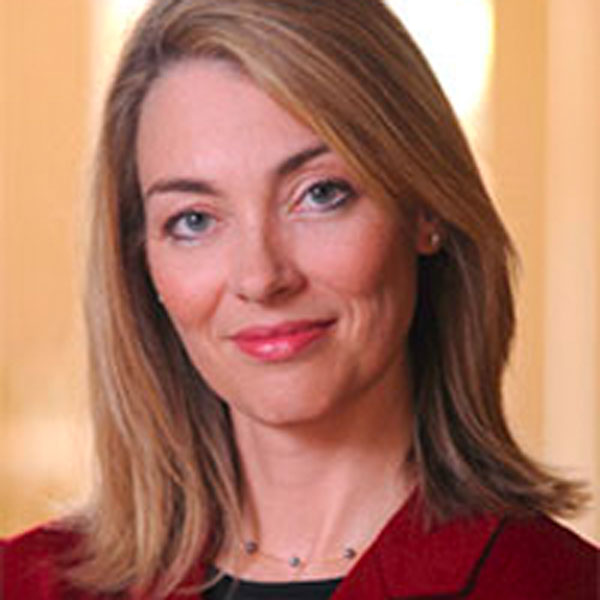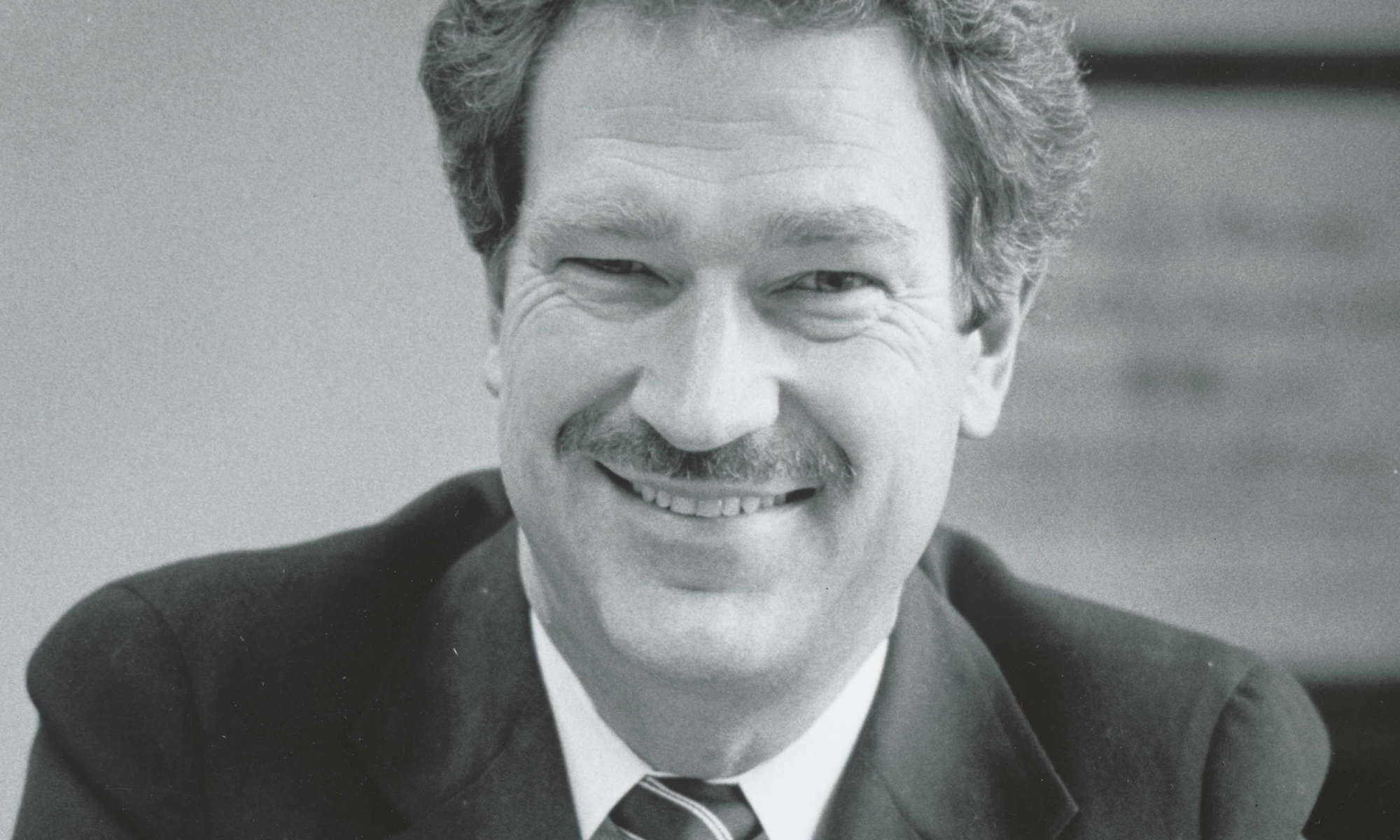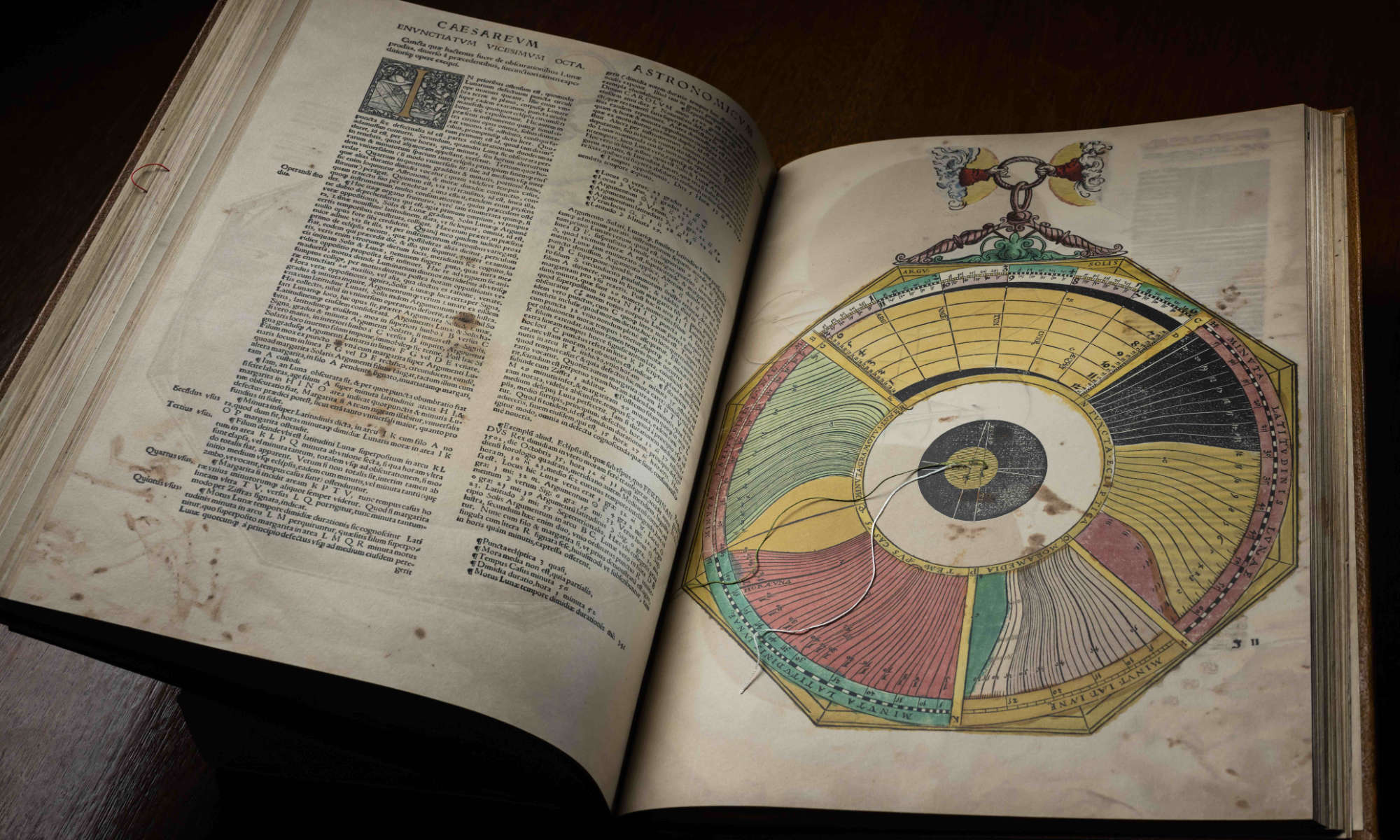The prospect was nothing short of daunting. And even that might have been an understatement, admits Joanne Larson. Trying to help turn around a struggling high school ranks easily as the hardest thing she’s ever undertaken, allows the Michael W. Scandling Professor of Education at the University of Rochester’s Warner School of Education.
“We knew it was going to be difficult work, but personally I didn’t understand quite how difficult,” recalls Larson. “Working with some 1,300 teenagers, many of whom had been undertaught and underserved was quite an eye-opening experience.”
Subscribe :: iTunes :: Stitcher
Larson is part of the leadership team for the educational partnership organization (EPO) between the University of Rochester and East High School. Two years ago, the school, which currently serves students from 6th through 12th grade, was threatened with closure for inadequate performance, turned to the University with the idea of an alliance.
Today, Larson, who is the associate director of research at the Center for Urban Education Success (CUES), chairs the research committee at East High. At the school, she’s both a gatekeeper and a cheerleader—to make sure research serves the school’s needs, and not just those of the researcher, and that students don’t ever feel as if they were “experiments or experimented upon,” Larson says. At the same time, she helps bring evidence-based practices directly to East High’s classrooms, support staff, administrators, and teachers.
 According to Larson, for research to be useful it has to tackle a real problem of school practices. “It could be a problem of practice in urban education that we would then be able to use the findings for here at East to understand teaching, learning, leadership, social and emotional health, or trauma,” she says. “Things that we can use right away, that we don’t wait 25 years for a publication to come out of. Something that benefits the school, not just the researcher.”
According to Larson, for research to be useful it has to tackle a real problem of school practices. “It could be a problem of practice in urban education that we would then be able to use the findings for here at East to understand teaching, learning, leadership, social and emotional health, or trauma,” she says. “Things that we can use right away, that we don’t wait 25 years for a publication to come out of. Something that benefits the school, not just the researcher.”
Larson says instituting best educational practices at the school has spelled a lot of change. Change, she notes, that extends beyond student behavior and into teacher practice—along the way challenging some of the teachers’ long-held beliefs. “That’s hard work and there’s a lot of friction—generative friction—that is producing change,” she says. “Part of my job as a researcher here is to watch what that change is and what’s going to happen.”
While collecting and crunching ethnographic data can take a while, Larson says she regularly shares themes, patterns, and questions with teachers and administrators as a kind of feedback loop—from her research directly to daily practice.
Even though a university partnership with a local school is not unique in the U.S., this particular approach is—the University does not just bring its educational experts into the school, but also draws on a host of its other departments and schools for support and services, such as the Eastman Institute for Oral Health, the School of Nursing, the Eastman School of Music, Simon Business School, and the University’s biology department—to name a few.
Larson says the partnership should be symbiotic. “I know I have been completely changed. I think anybody who spends any time here will be transformed,” she notes. But university-wide, Larson says, there’s more that could be learned, to make it more of a true two-way street. “Authentic partnerships need relationships and you can’t do that from afar,” she says. “I think we could learn more as a University about how important those long-term relationships and commitments are. You can’t just come in, do a study and leave, and then the problems are still there but you get a publication. That’s just not enough anymore.”
Meanwhile, a recent school-wide climate survey conducted by Larson clearly showed positive change in the two years since the EPO. Asked to describe the climate at East High prior to the partnership, Larson minces no words: “First word that comes to my mind is ‘dysfunctional.’ I think it was fearful, embattled, and there were factions.”
She says now the school feels “180 degrees different.” Granted, there’s still work to be done. “I’m not going to say we are close to being finished, but the respect people have for each other, even in disagreement [is important].” Larson points to a surprising finding in the survey that placed the trust in teachers at 98 percent, and in staff and administrators at a whopping 100 percent. “That’s just unheard of,” she notes.
The growth in trust seems driven by many factors. The two that stand out to Larson are the introduction of family group and the move away from disciplinary to restorative justice practices, which use conversations and peace circles instead of punishment.
Each student now belongs to a small family group of typically just ten students assigned to two adults, either teachers or administrators, so-called “carents”—a word mashup of “caring” and “parent.” Family groups meet daily for 30 minutes and conversations range from the mundane to the personal. By all accounts it’s become a relaxed gathering where students learn to take turns listening to differing viewpoints, and a chance to get to know each other, but also an opportunity to talk about concerns and worries. Several students in Superintendent’s Shaun Nelms’s group say their “carent” has become a father figure to them. The sentiment is echoed by Nelms, who is also a faculty member at the University’s Warner School. “After a while they really feel like your kids,” he says.
The second cornerstone to building trust is what are is known as peace circles. The idea of the peace circle is to restore a relationship that’s been damaged by an argument or a fight. According to Larson, anyone at the school can request one. She says she’s sat in on peace circles among students, as well as between staff members and administrators. Larson credits the peace circles, and the other initiatives to build and restore trust, with dramatically changing the school culture.
In fact, Larson now describes the school’s climate as “inspirational” and “developing.” One of the best things about being at the school, she says, is seeing students walk the stage at graduation who under the old system weren’t likely to graduate. “We want more of them, definitely, but we’ve certainly had more than ever before,” she says.
But for Larson, the most important success is building positive relationships and earning trust. “My research doesn’t end,” she says. “The relationships here are for life.”




